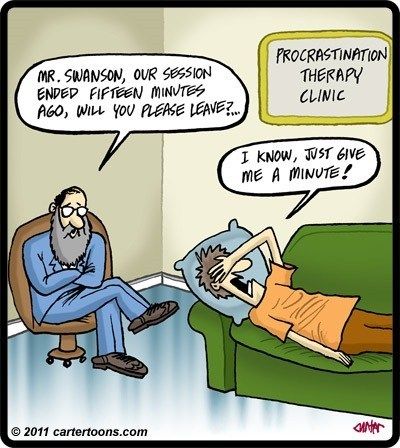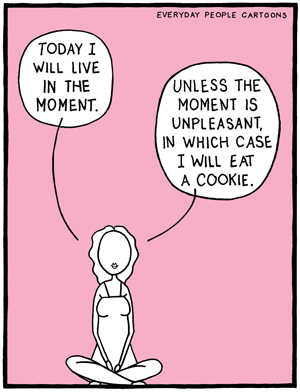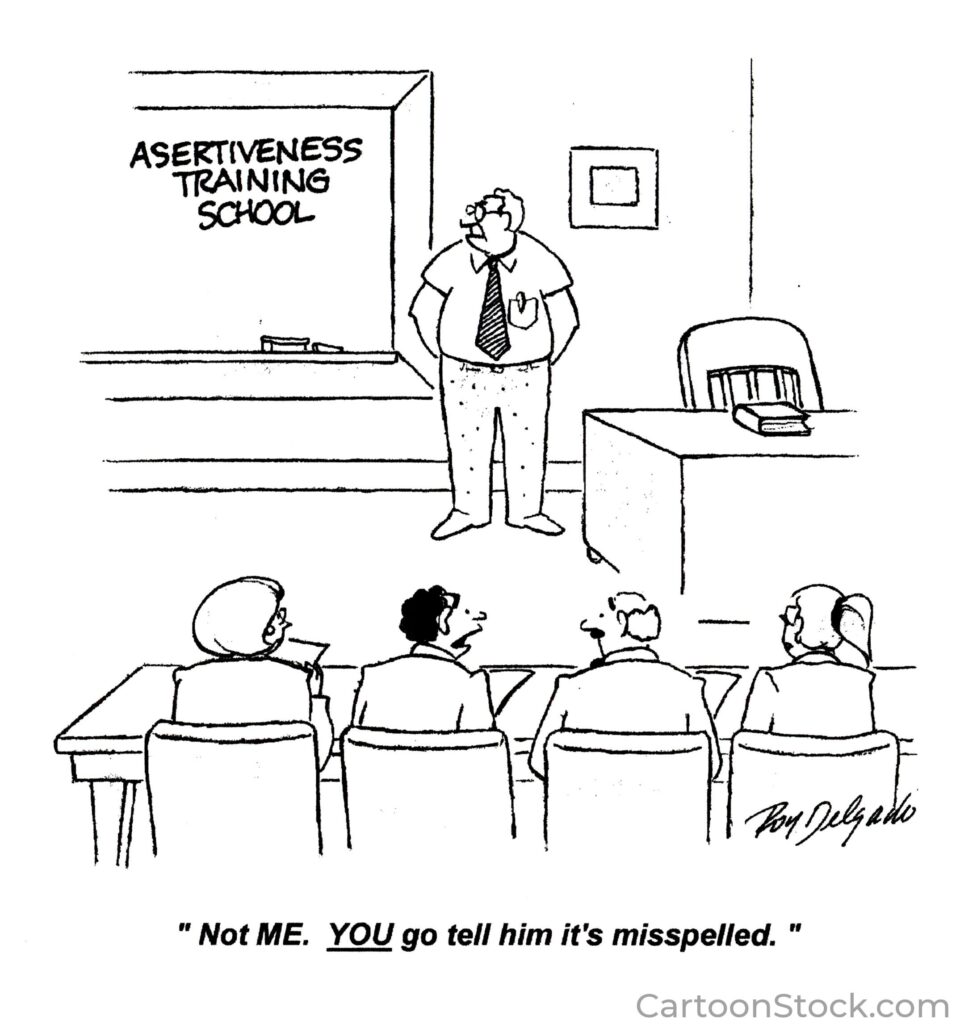Years ago, Mary and I attended a concert at the Nasher Sculpture Center in Dallas. The audience was limited to 80 people who stood in a circle around an eclectic group of musicians (baritone soloist, flute, cello, percussion, clarinet, piano, violin, cello). They performed Eight Songs for a Mad King—a monodrama by composer Peter Maxwell Davies. The composition is based on the final years of King George III.
George III was King of Great Britain and Ireland from 1760 until his death in 1820. Throughout his reign, he had frequent episodes of mental illness. In his final decade, he became violently insane. He was diagnosed with chronic mania and dementia. He was blind and possibly deaf. The medical “treatments” he received would be considered torture today.
The music is based on conversations he allegedly had with his parrot during his years of insanity. It’s hard to listen to. The music is dissonant and unpredictable, the soloist wails and shrieks. The sounds often mimic those made by humans under extreme physical and mental duress.
At the reception following the performance, I visited with a woman who had also been in the audience. She asked me, “What did you think of the performance?” I said I didn’t enjoy it. Musically, it didn’t have form or beauty. It was chaotic, the sounds were disturbing, and the baritone soloist screamed, squealed, and howled. I wouldn’t even call it music.
She paused for a moment, then said, “Sir, do you realize that the composition reflected the troubled thoughts of someone who is severely mentally ill? The sounds you heard are likely a good representation of the thoughts that George III had.”
Her statement gave me pause. I had totally misunderstood the purpose of the composition.
I learned a significant lesson that day: I must learn to “think as other people may be thinking.” I must seek to understand how their mind works and then give margin and not judge.
In the years since I first heard Eight Songs for a Mad King, it has served as a reminder that I must be empathetic and patient with people who suffer from mental illness. What thoughts does someone with schizophrenia have? How does major bipolar disorder or even minor depressive disorder affect one’s thinking?
Here’s a YouTube video of a performance of the piece. Please listen to the entire composition. It will be hard to do. Most of you will stop after a few minutes. But remember that it represents a mind that struggles.
On a regular basis, you and I come in contact with people who have similar struggles. We must seek to understand and respond with kindness.



